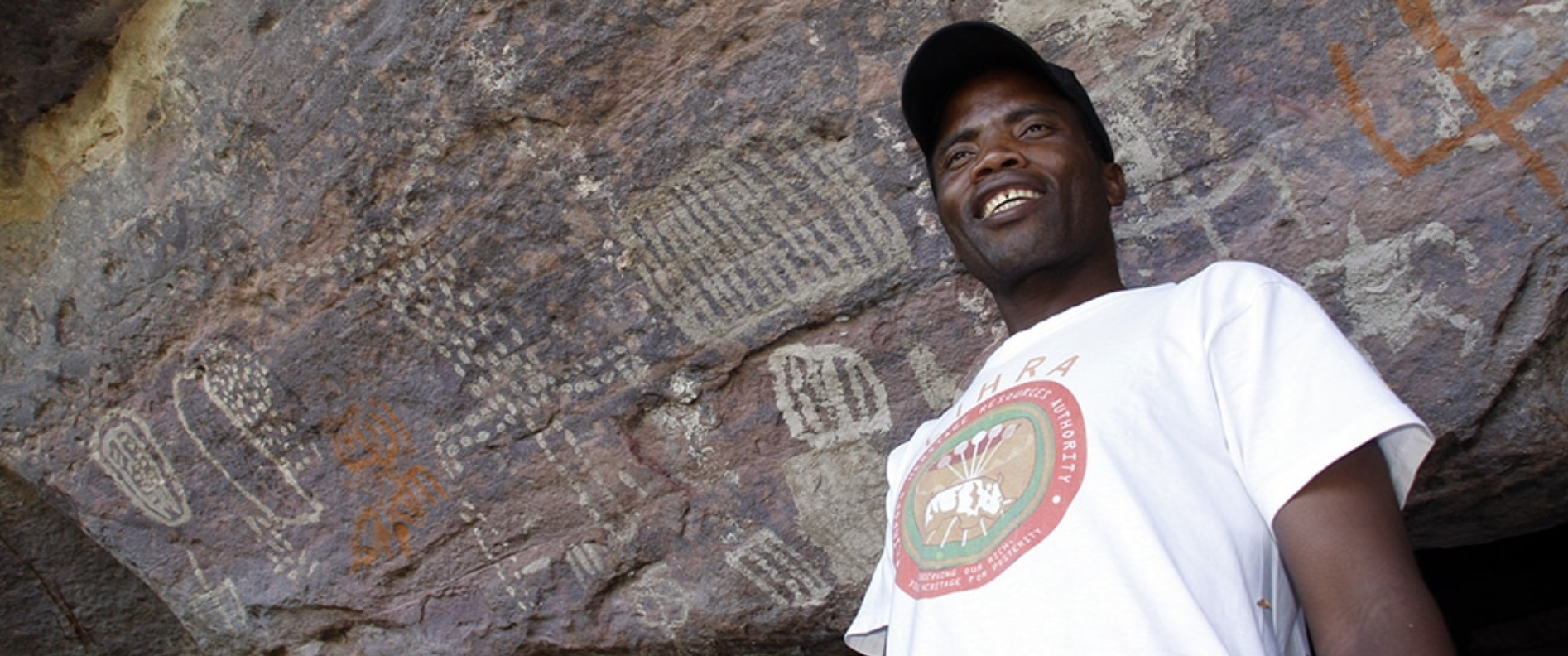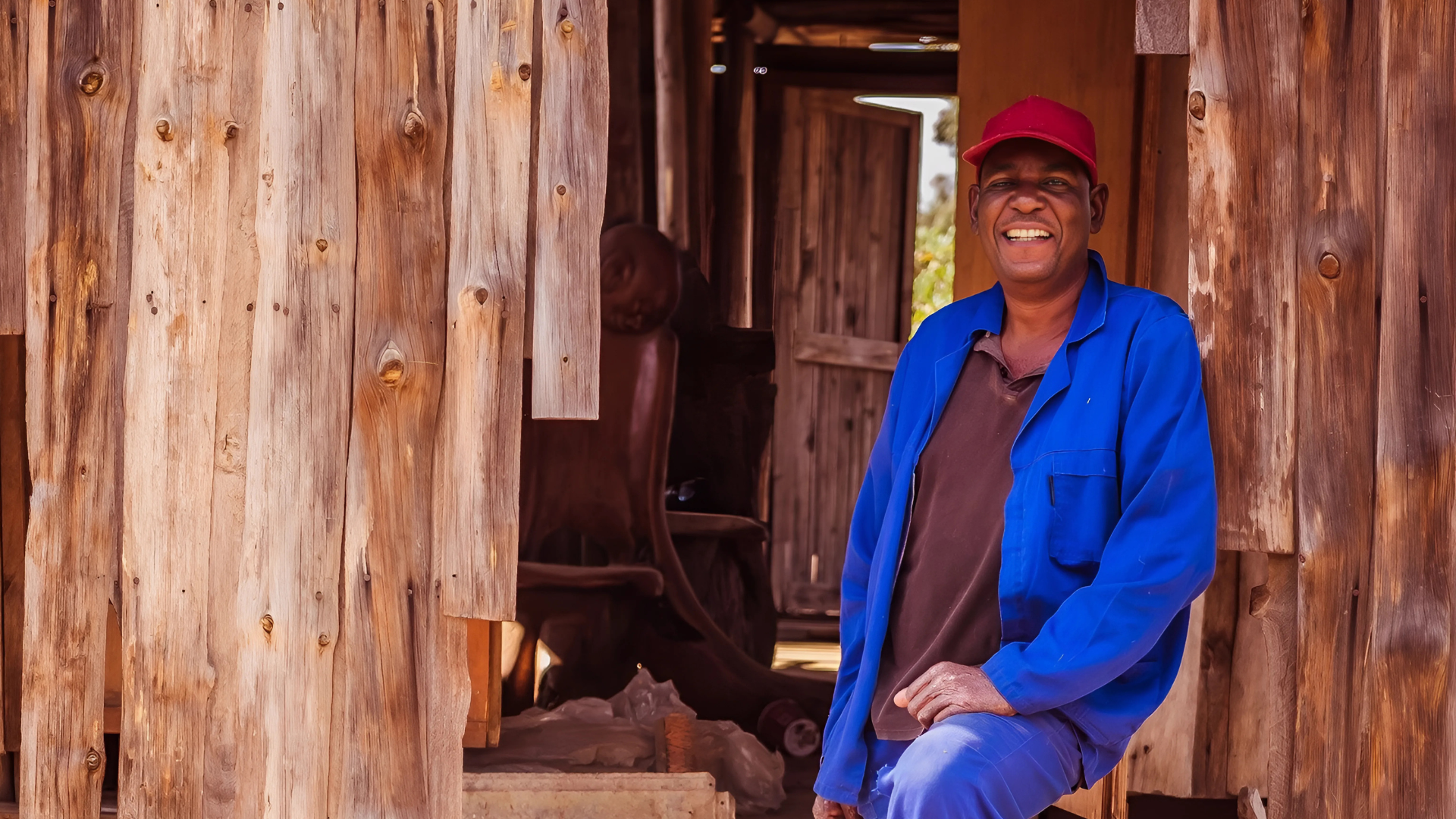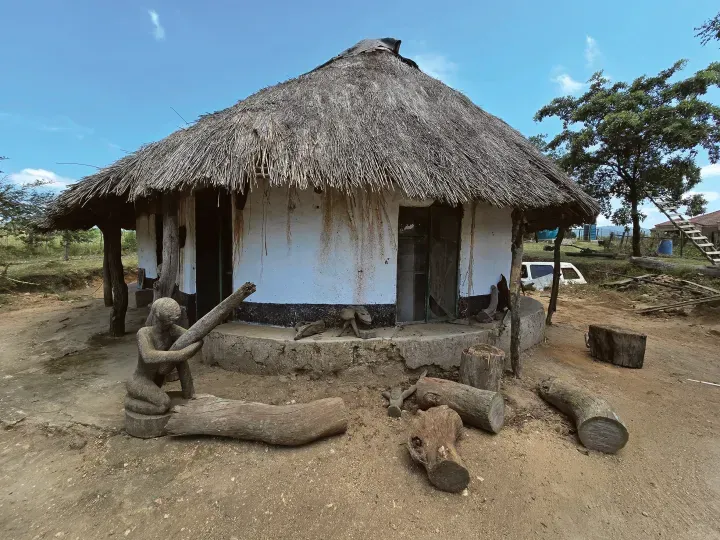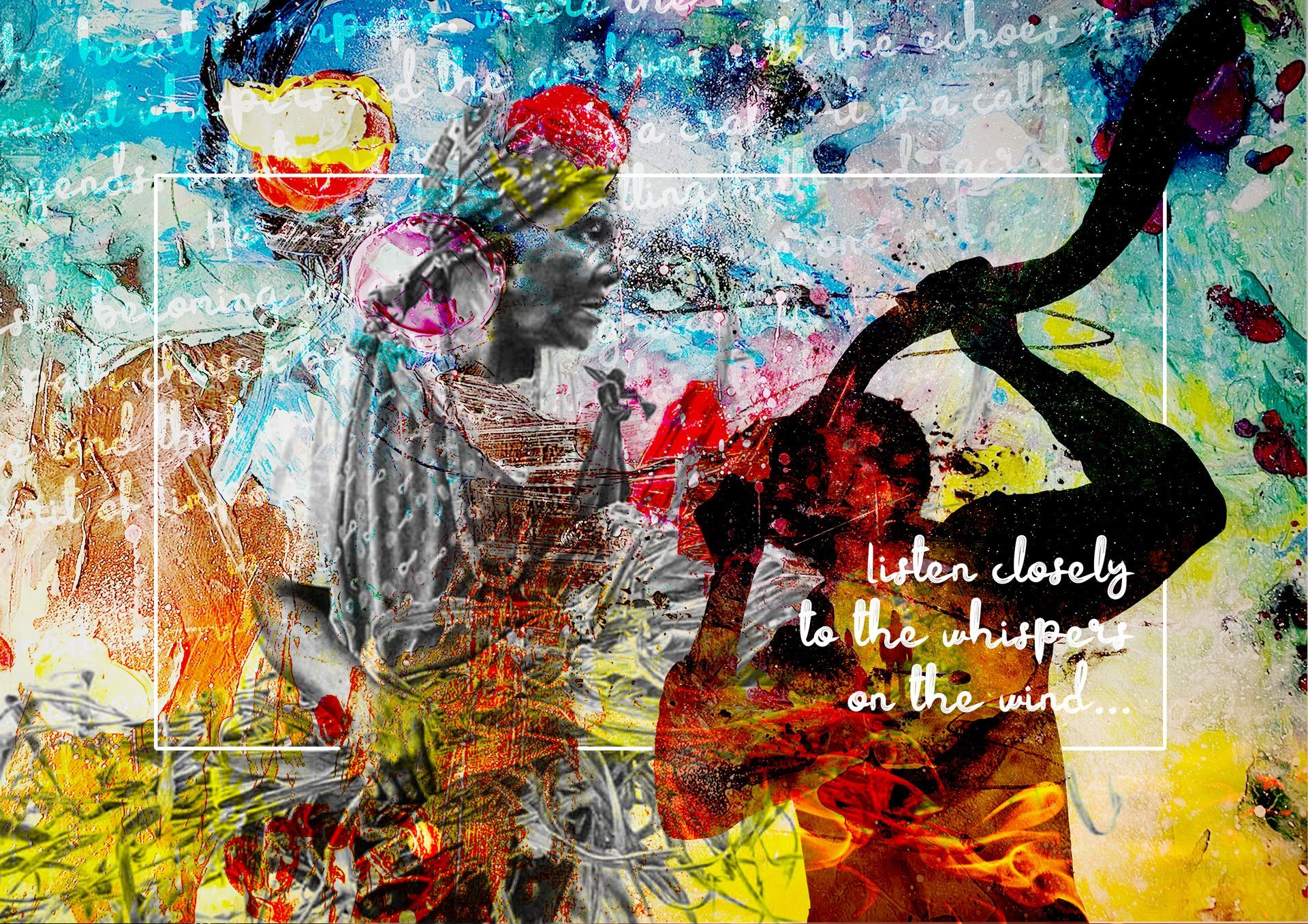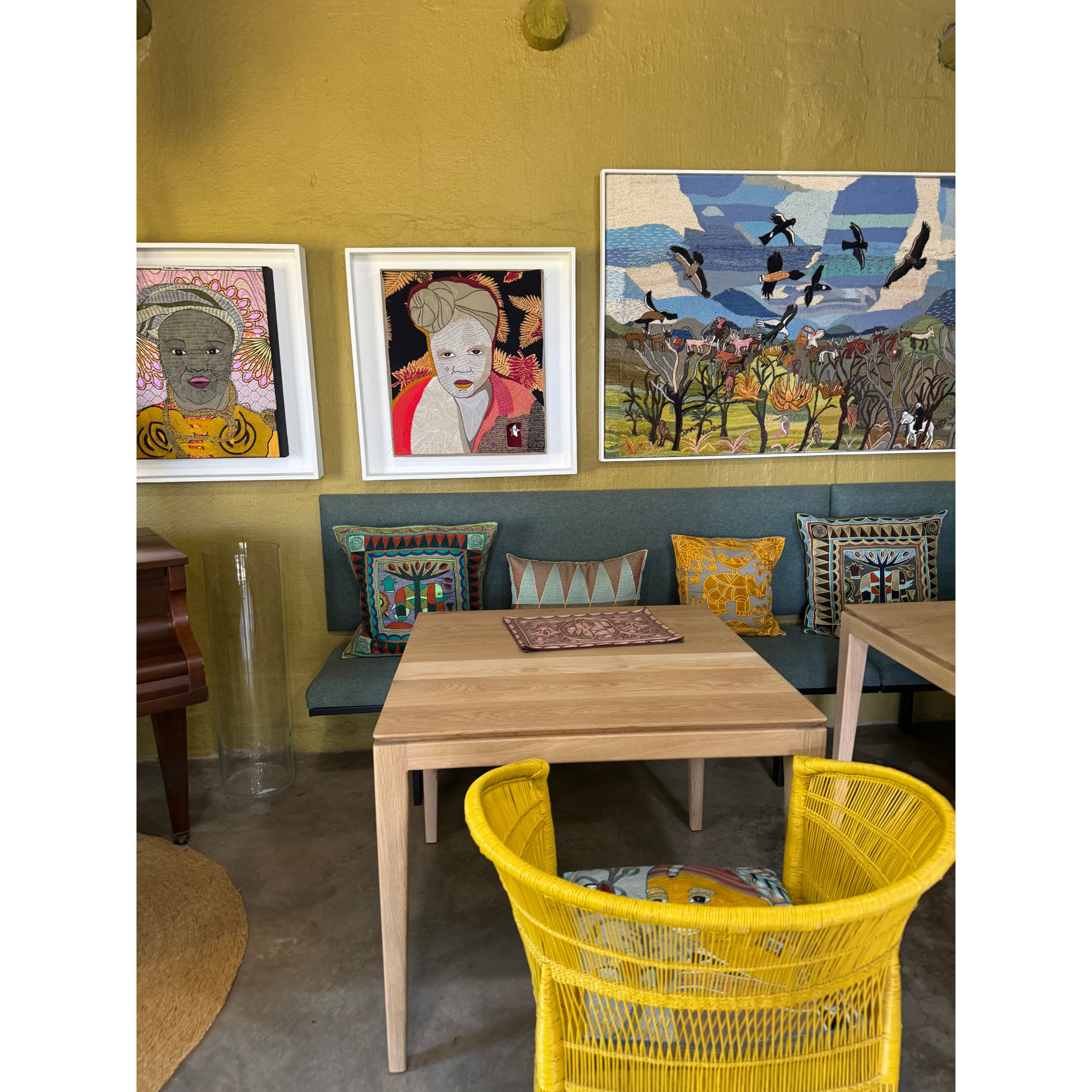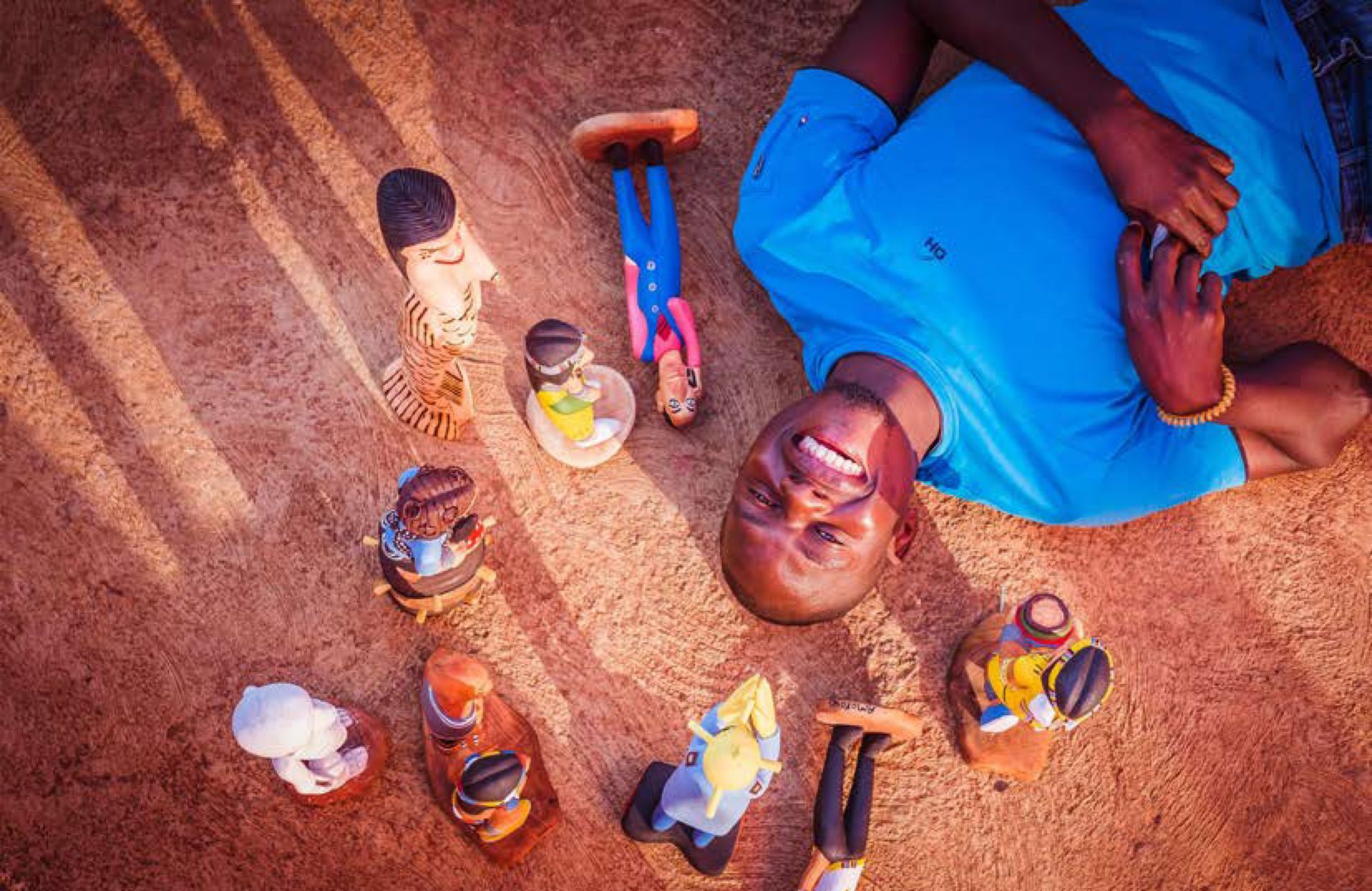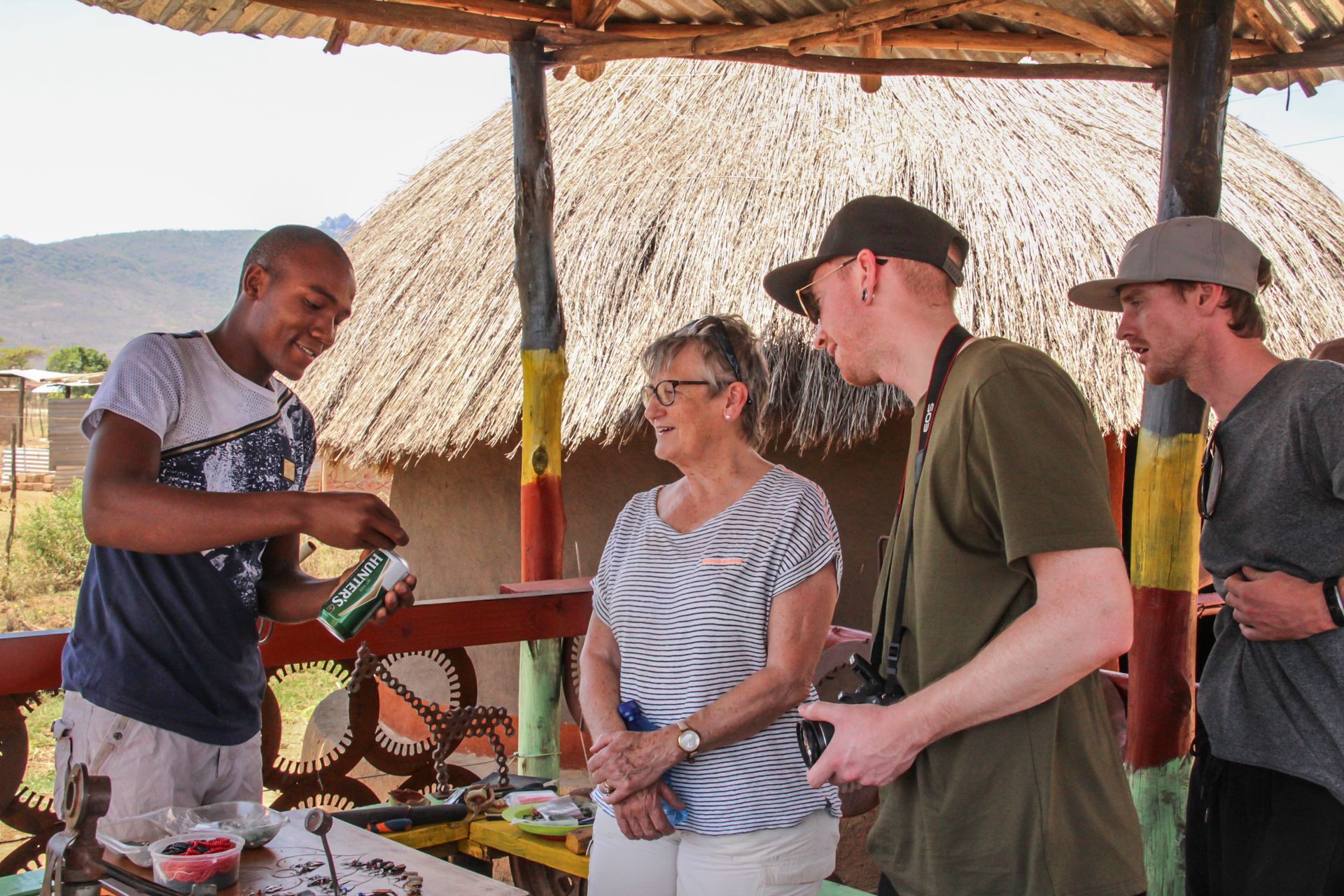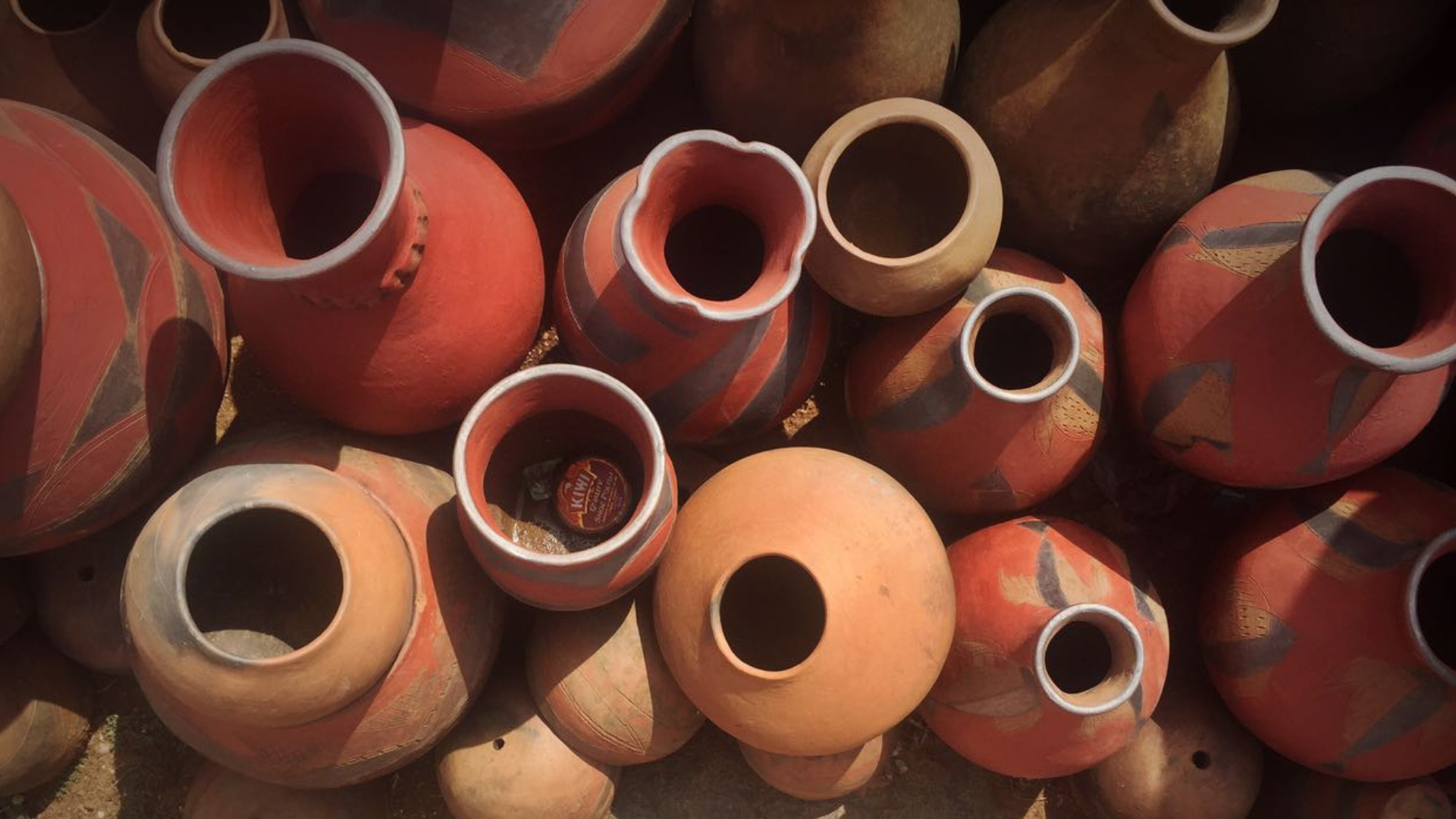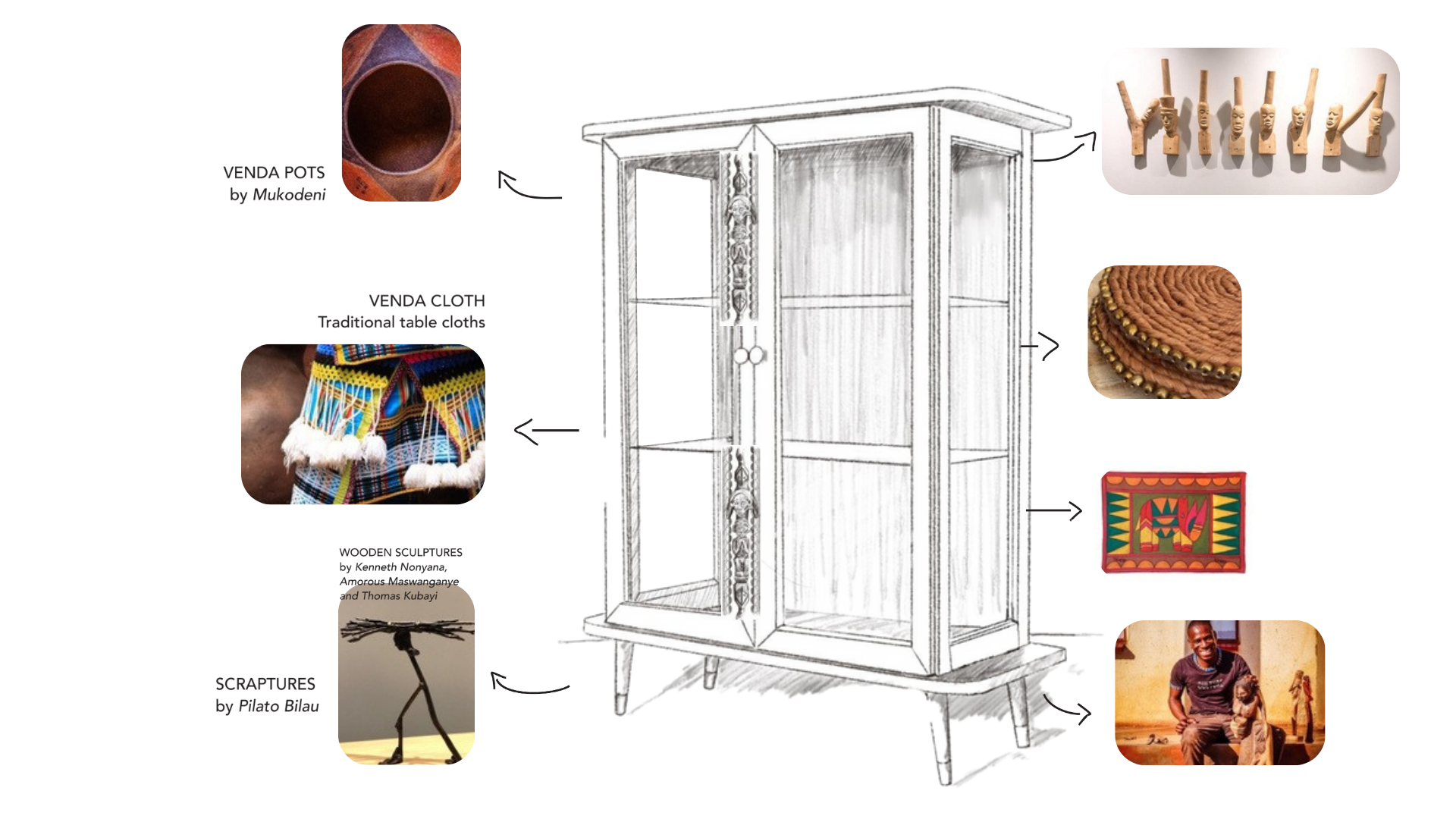Handcrafted African Crocodile Bench | Rufus Rikhotso's Tsonga Art
Carved Crocodile Bench: A Masterpiece of African Artistry and Cultural Heritage.
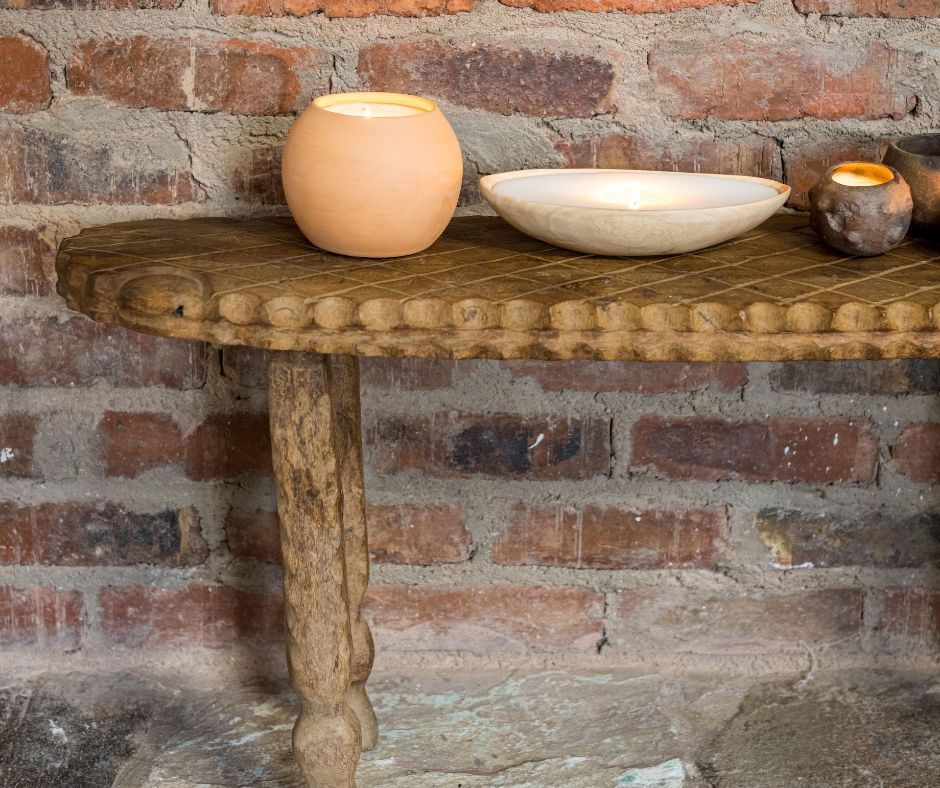
Immerse yourself in the rich tapestry of South African culture with this exquisite hand-carved crocodile bench by renowned Tsonga artist Rufus Rikhotso. This masterpiece is not just a piece of furniture; it's a testament to the enduring power of African artistry and tradition.
Unparalleled Craftsmanship
Rufus Rikhotso's mastery of traditional wood carving techniques is evident in every intricate detail of this bench. The crocodile form, a powerful symbol in Tsonga culture, is brought to life through Rikhotso's skilled hands, showcasing the perfect balance between form and function. Each scale, tooth, and curve is meticulously crafted, creating a tactile experience that invites touch and admiration.
Cultural Significance
This bench is more than a beautiful object; it's a carrier of Tsonga cultural heritage. The crocodile, deeply rooted in Tsonga symbolism, represents strength, wisdom, and the sacred connection between land and water. By incorporating these traditional motifs into a functional piece, Rikhotso bridges the gap between ancient wisdom and contemporary living.
Sustainable Art
Crafted from locally sourced, sustainable hardwood, this bench embodies the Tsonga people's deep respect for nature. The use of traditional materials and techniques not only ensures the longevity of the piece but also supports eco-friendly art practices.
A Conversation Starter
Imagine the stories this bench will inspire in your home. Its unique design and cultural significance make it a perfect centerpiece for any room, sparking conversations about African art, heritage, and the power of functional beauty.
Care and Maintenance
To preserve the beauty of your Tsonga crocodile bench, we recommend regular dusting with a soft, dry cloth. Avoid exposure to direct sunlight or extreme temperature changes to maintain the wood's integrity and the carving's details.
Specifications:
- Artist: Rufus Rikhotso
- Origin: South Africa, Tsonga region
- Material: Sustainably sourced hardwood
- Dimensions: 200Wx900Lx450H mm
- Weight: 10Kg
- Finish: Natural wood finish with protective coating
Bring home this extraordinary piece of Tsonga art and culture. Let Rufus Rikhotso's carved crocodile bench be the bridge between your living space and the rich, vibrant world of African artistic tradition. Order now to own a piece of South African heritage that will be cherished for generations to come.
Research:
Rikhotso, Rufus. "Tsonga Crocodile Bench." Handcrafted wooden sculpture, n.d. [Artist's personal collection].
African Art Market. "Annual Report on African Art Sales." Last modified 2024.
https://www.africanartmarket.com/annual-report-2024
.Tsonga Cultural Heritage Foundation. "Symbolism in Tsonga Art." Accessed January 12, 2025.
https://www.tsongaheritage.org/symbolism
.South African Wood Carvers Association. "Traditional Carving Techniques." Last modified March 15, 2024.
https://www.sawoodcarvers.co.za/techniques
Art Basel and UBS. "The Art Market 2024." PDF report. Accessed January 12, 2025.
https://www.artbasel.com/about/initiatives/the-art-market
.Conservation Institute of South Africa. "Caring for Wooden Artifacts." Last modified June 2, 2024.
https://www.cisafrica.org/wooden-artifacts-care
.Global African Art Database. "Rufus Rikhotso: Artist Profile." Accessed January 12, 2025.
https://www.globalafricanart.com/artists/rufus-rikhotso
Who is Rufus Rikhotso?
Rufus Rikhotso is a renowned South African artist known for his unique approach to wood carving. His work is deeply rooted in Tsonga culture and traditions, blending traditional African art forms with modern aesthetics. Rikhotso's art has gained recognition both locally and internationally for its cultural significance and artistic value
What is the significance of the crocodile in this artwork?
The crocodile holds deep symbolic meaning in Tsonga and broader African cultures. It represents strength, resilience, and protection. In many African traditions, crocodiles are seen as guardians of sacred spaces, particularly waterways, and symbolize the connection between the physical and spiritual realms. This symbolism adds layers of cultural significance to Rikhotso's carved crocodile bench
How does this piece reflect Tsonga culture?
This carved crocodile bench embodies Tsonga cultural heritage through its use of traditional wood carving techniques, the symbolism of the crocodile, and the incorporation of Tsonga motifs and storytelling elements. It serves as a bridge between ancestral wisdom and contemporary living, reflecting the Tsonga people's deep respect for nature and spiritual beliefs
.
How long does it take to create one of these benches?
The creation of a hand-carved crocodile bench is a meticulous process that can take several weeks to months, depending on the complexity of the design and the size of the piece. Each bench is a unique work of art, crafted with attention to detail and cultural significance.
How does this bench compare to other African art pieces in terms of value?
This bench represents a unique fusion of functional furniture and fine art, making it stand out in the African art market. Its value is derived from several factors:
The reputation and skill of Rufus Rikhotso
The cultural significance of the crocodile motif in Tsonga art
The quality of materials and craftsmanship
Its dual nature as both art and functional furniture.
These factors position the bench as a valuable piece in the context of contemporary African art.

Inspired curated and written by:
Bianca Black
"Bianca Black: Artist, Storeyteller and Explorer at Heart. After a decade of pouring her heart and soul into the interior design and upholstery business in Hoedspruit, Bianca felt the call of adventure and a desire to make a meaningful impact in her community. She took a leap of faith, passing the reins of her business and embarked on a new journey.
Now, Bianca dedicates her time to exploring the intersection of art, community, and culture. Based in the heart of the Lowveld, Hoedspruit's safari capital, Bianca is surrounded by the beauty and wonder of the African wilderness. Alongside her partner, Mike and a troop of resident vervet monekys
With a passion for creative expression and a commitment to empowering local artisans, Bianca is forging a new path that blends art, community, and adventure.
